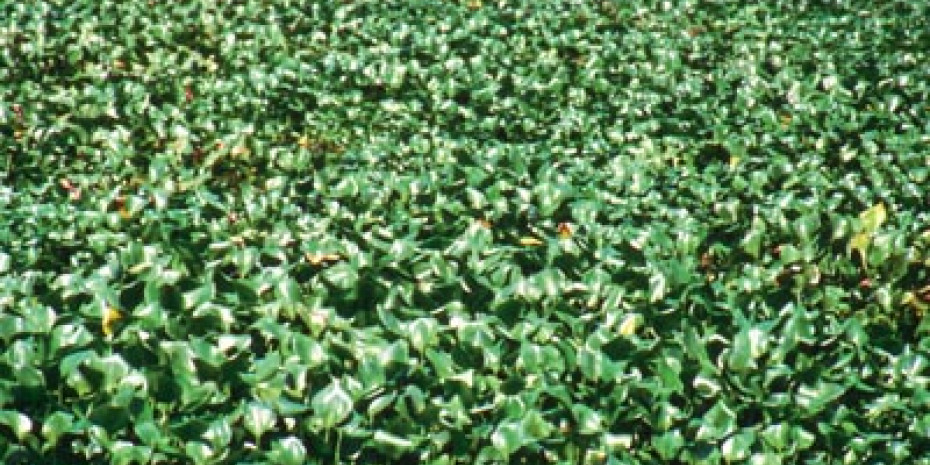According to Dr. Tony Grice of the Co-operative Research Centre (CRC) for Australian Weed Management, the country is “…fighting against a green tide of invaders”. It is estimated that over 28 000 exotic species of plants have been introduced into Australia over the past 200 years. Although some introductions may have occurred accidentally, most exotics were intentionally introduced for a variety of purposes. Some were used as pasture for cattle, while others were destined for human consumption or for use as ornamental plants. About 300 introduced plant species are known to have become established in Australia between 1971 and 1995 and, of these, three quarters are ornamentals. This is of particular significance to the ornamental aquatic industry and hobby because it includes some well-known species such as the floating fern, Salvinia, the ubiquitous water hyacinth (Eichhornia crassipes) and the alligator weed (Alternanthera philoxeroides), which grows in moist ground, from where it spreads, via rhizomes, as a thick floating mat over the water surface. An impenetrable mat of water hyacinths growing invasively in Sri Lanka. All three species can cloak the water surface with their dense growths to the extent that they prevent light from reaching submerged aquatic vegetation, which subsequently dies. In addition, floods can dislodge individual plants or clumps and transport them elsewhere, thus spreading these prolific species to new locations. A fourth invasive species that is feared in Australia is a popular aquarium and pond plant in many countries: the submerged oxygenating plant often sold as ‘Crispa’, i.e. Lagarosiphon major. This plant does not form floating mats, but nonetheless chokes waterways ‘from below’ owing to its vigorous growth and the ease with which it can spread (even the tiniest fragments will produce new plants). When fully grown, stems can attain a length of well over one metre. Lagarisophon major is a serious pest in New Zealand and is naturalised in several European countries, including England, the Channel Islands, northern France and Italy. At the moment, there are no major established infestations in Australia, but minor ones have been reported, raising serious concern in official circles. Salvinia - a serious pest that is being tackled biologically in Australia. But will the biological agent itself, the salvinia weevil (Cyrtobagous salviniae) cause similar invasive problems in the future? Control of aquatic weeds is, of course…



